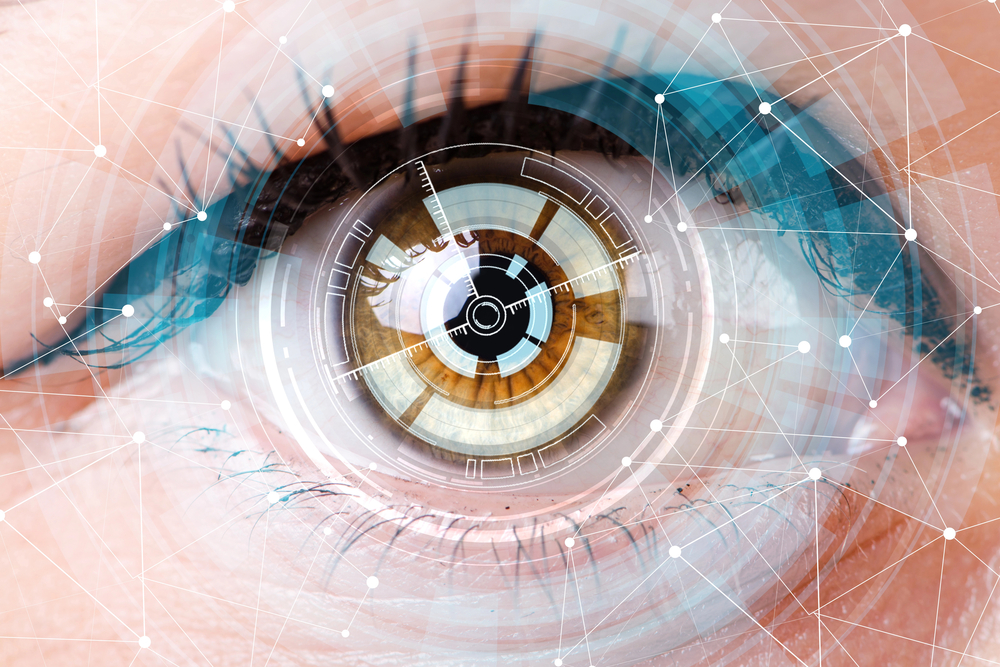
In recent years, the field of optometry has witnessed a transformative shift fueled by advancements in artificial intelligence (AI). AI algorithms are revolutionizing the way optometrists analyze imaging data, identify patterns, and make diagnostic predictions, ultimately enhancing diagnostic accuracy and efficiency in eye care.
AI in Retinal Imaging
One of the most significant applications of AI in optometry is in the analysis of retinal images. Digital retinal imaging technology captures high-resolution images of the retina, providing detailed insights into the health of the eye. However, interpreting these images accurately and efficiently has been a challenge, requiring meticulous examination by trained professionals.
AI algorithms are now being developed to automate the analysis of retinal images. These algorithms can detect subtle changes in the retina that may indicate early signs of eye diseases such as diabetic retinopathy, glaucoma, and macular degeneration. By leveraging machine learning techniques, AI systems can learn from vast datasets of retinal images, continuously improving their diagnostic capabilities.
The impact of AI in retinal imaging goes beyond mere automation. AI algorithms can assist optometrists in triaging patients based on the severity of their condition, prioritizing those who require immediate attention. This prioritization ensures that patients receive timely interventions, potentially preventing vision loss and improving overall outcomes.
AI in Testing
AI is making significant strides in the detection of refractive errors and prescribing eyeglass or contact lens prescriptions. Automated refraction systems powered by AI can conduct precise and objective refraction tests, reducing the margin of error associated with manual methods. This not only improves the accuracy of prescriptions but also enhances the overall patient experience by streamlining the testing process.
AI algorithms can analyze visual field tests to detect early signs of conditions like glaucoma, where peripheral vision loss is a key indicator. By flagging abnormalities in visual field data, AI systems empower optometrists to intervene proactively, potentially slowing the progression of the disease and preserving vision.
AI Outlook
The integration of AI in optometry is not about replacing optometrists but rather strengthening their expertise and capabilities. AI serves as a powerful tool that complements the clinical judgment of optometrists, allowing them to focus on complex cases and patient interaction while AI handles routine tasks and data analysis.
However, with the adoption of AI in optometry come important considerations, such as data privacy, regulatory compliance, and the need for ongoing validation and refinement of AI algorithms. Optometrists must ensure that patient data is securely managed and that AI systems adhere to ethical guidelines and standards.
AI is poised to revolutionize the field of optometry by enhancing diagnostic accuracy, efficiency, and personalized patient care. As AI technologies continue to evolve and mature, optometrists can leverage these tools to provide superior eye care outcomes and improve the overall well-being of their patients.



